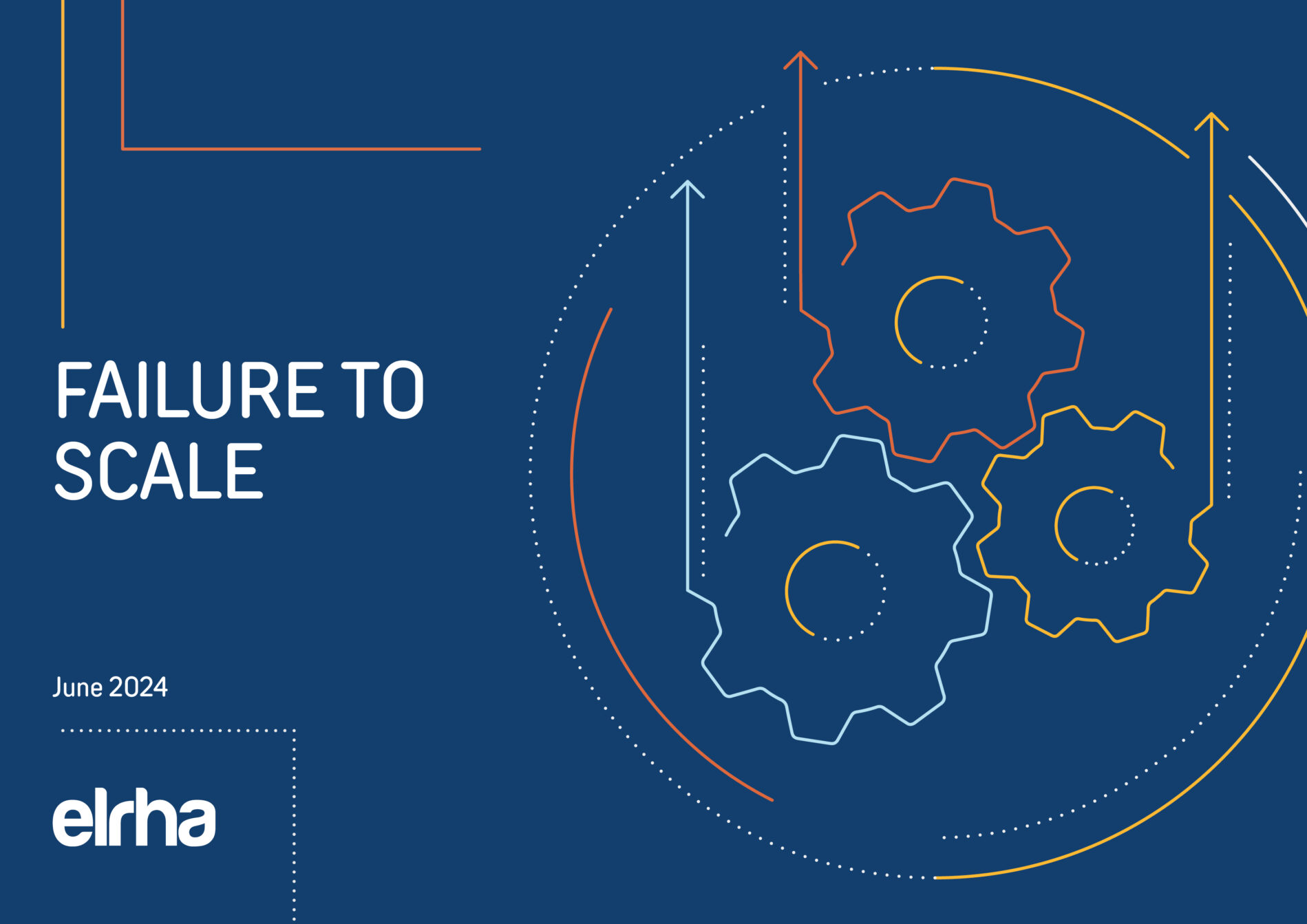Changing patterns of family formation among internally displaced populations in Yemen: evidence from cross-sectional surveys

Yemen has one of the highest rates of child marriage in the Middle East and North Africa region and is home to one of the world’s worst humanitarian crises. How the conflict and resulting displacement have impacted family formation patterns is not entirely clear. This study investigates the impact of displacement on child marriage and early childbearing by comparing time-to-first-marriage and time-to-first-birth among displaced and non-displaced girls.Cross-sectional surveys were completed in three governorates in Yemen with high concentrations of internally displaced persons (IDPs). With a sample of 1,861 girls aged 15–24, entry into first marriage and time to first birth were compared between IDPs and non-displaced persons.The results highlight the impact of forced displacement on time-to-first-marriage and suggest that those who are displaced are more vulnerable to child marriage. However the study did not find compelling evidence for child marriage driving an increase in early childbearing. Nonetheless, the findings do highlight the need for interventions that focus on prevention and mitigation of child marriage in this setting, particularly among IDPs who are at increased vulnerability.